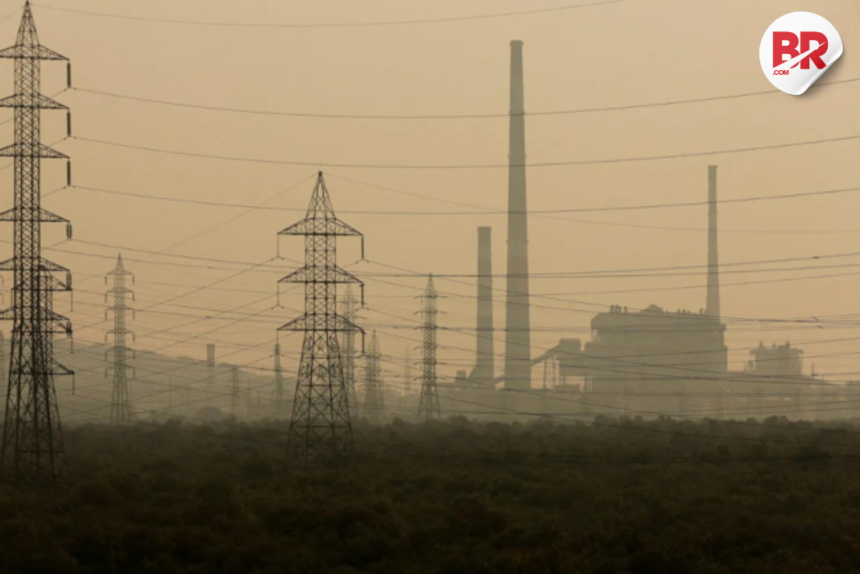
Nepal has started a new journey. It is now exporting 40 megawatts (MW) of electricity to Bangladesh through India’s power grid. The move makes Nepal a key supplier in the South Asia energy market. It shows that this small Himalayan nation is thinking big.
This export came after a tripartite agreement in October. The deal was made by Nepal Electricity Authority, Bangladesh Power Development Board, and India’s NTPC Vidyut Vyapar Nigam. Importantly, this makes India the main route for power to flow from Nepal to Bangladesh.

For the average person in Nepal, this is a big deal. It means more income for the country. Selling power brings in much-needed cash. That can be used to improve education, health care, and other services.
For Bangladesh, it means a reliable flow of green energy. It helps cut its dependence on fossil fuels. And for India, it shows its growing role as a power hub in South Asia.
Also Read Tata Motors Falls 5% After JLR Warns of Low Free Cash Flow in FY26
Nepal’s Hydropower Push — From Importer to Exporter
Nepal has a huge water flow in its rivers. It converts this flow into clean energy. Right now, Nepal has an installed capacity of more than 3,000 MW — 95% comes from hydropower. The country is developing large projects like the 900 MW Arun-3 Hydroelectric Project in Sankhuwasabha.
With growing production, Nepal can export more power. It already sells 80 MW to India’s Bihar state. Now, it’s adding Bangladesh to its list of buyers.
Why It Matters: A Rising Regional Player
This move shows Nepal’s growing role in South Asia’s energy market. It highlights India’s key role as a power hub. Furthermore, it underscores the potential for South Asian neighbors to help each other meet energy needs.
As Reuters reports (open in a new tab), this expansion is a win for all — Nepal earns revenue, Bangladesh gets green energy, and India strengthens its position in the regional power grid.
Picture this: a small Himalayan country sending its power across borders. It’s a dramatic twist — from needing energy to selling it. Nepal is proving it’s not powerless; it’s a key energy player now.
Also Read 85 Lakh Asian Paints Shares Sold in Block Deal Worth Rs 1,876 Crore












